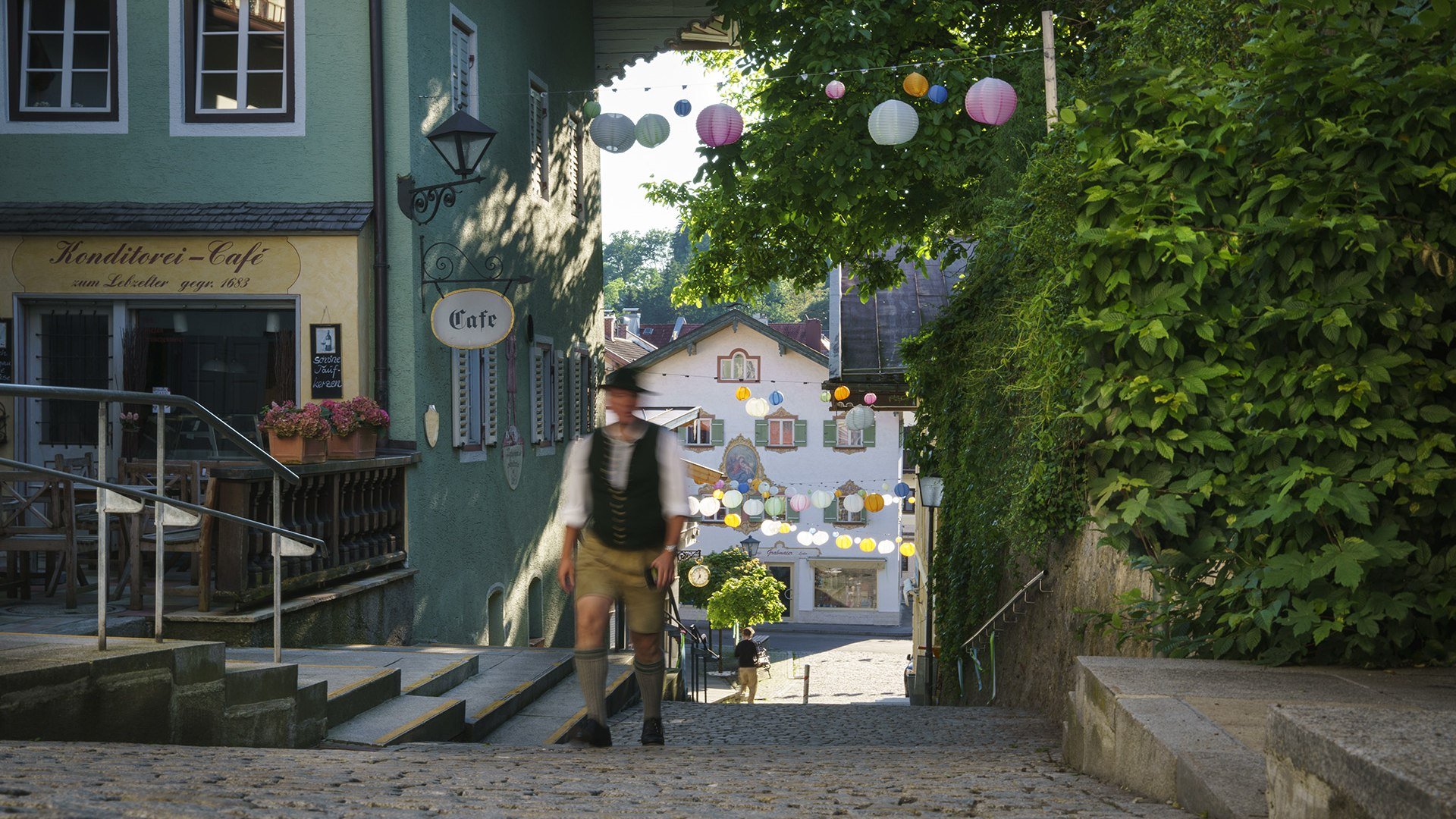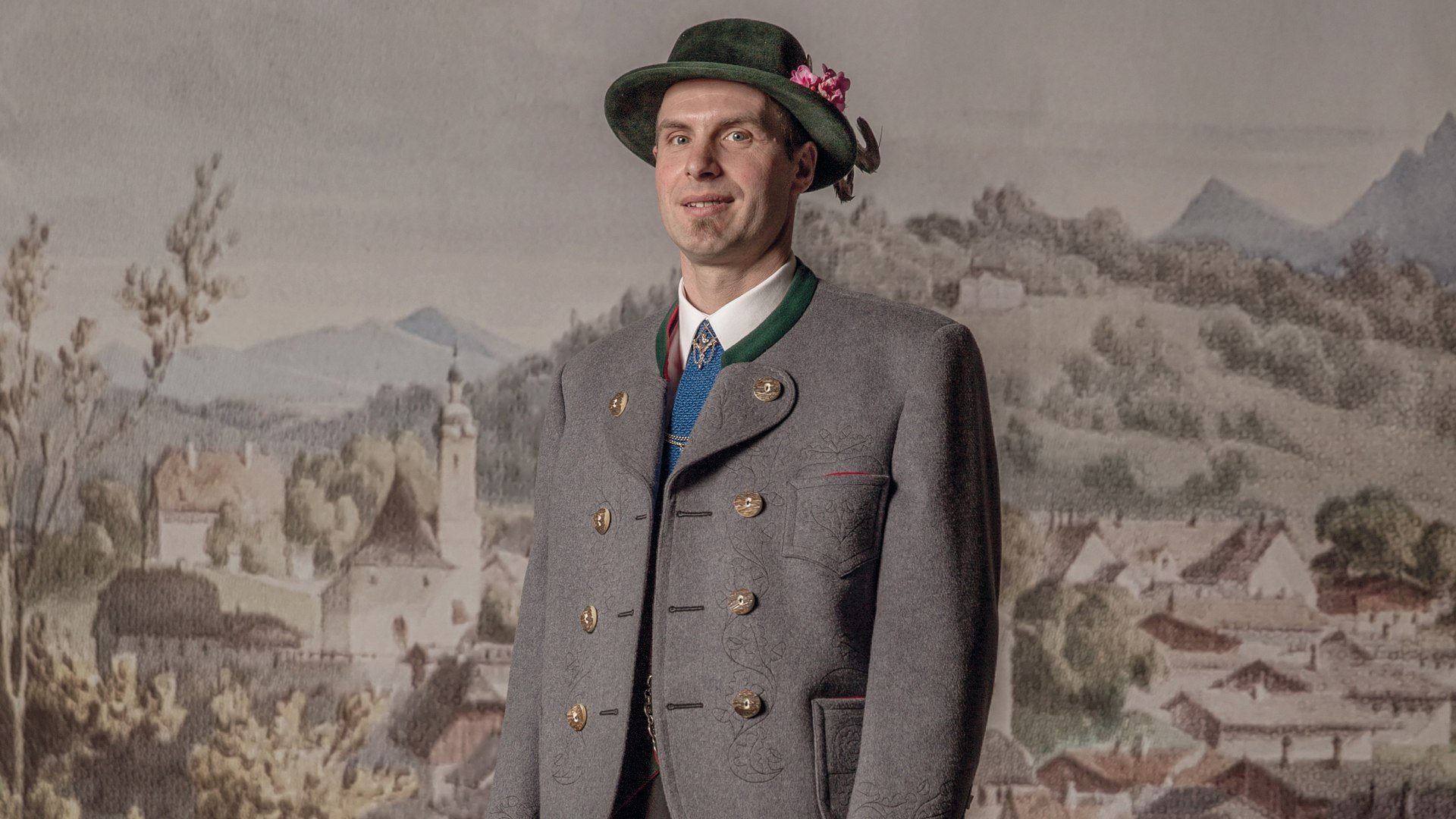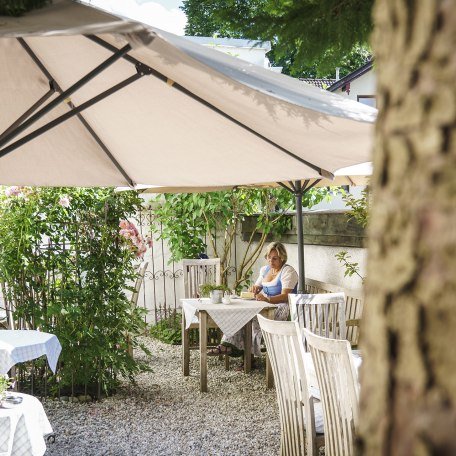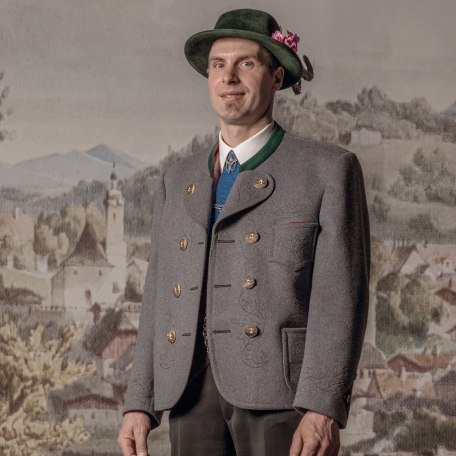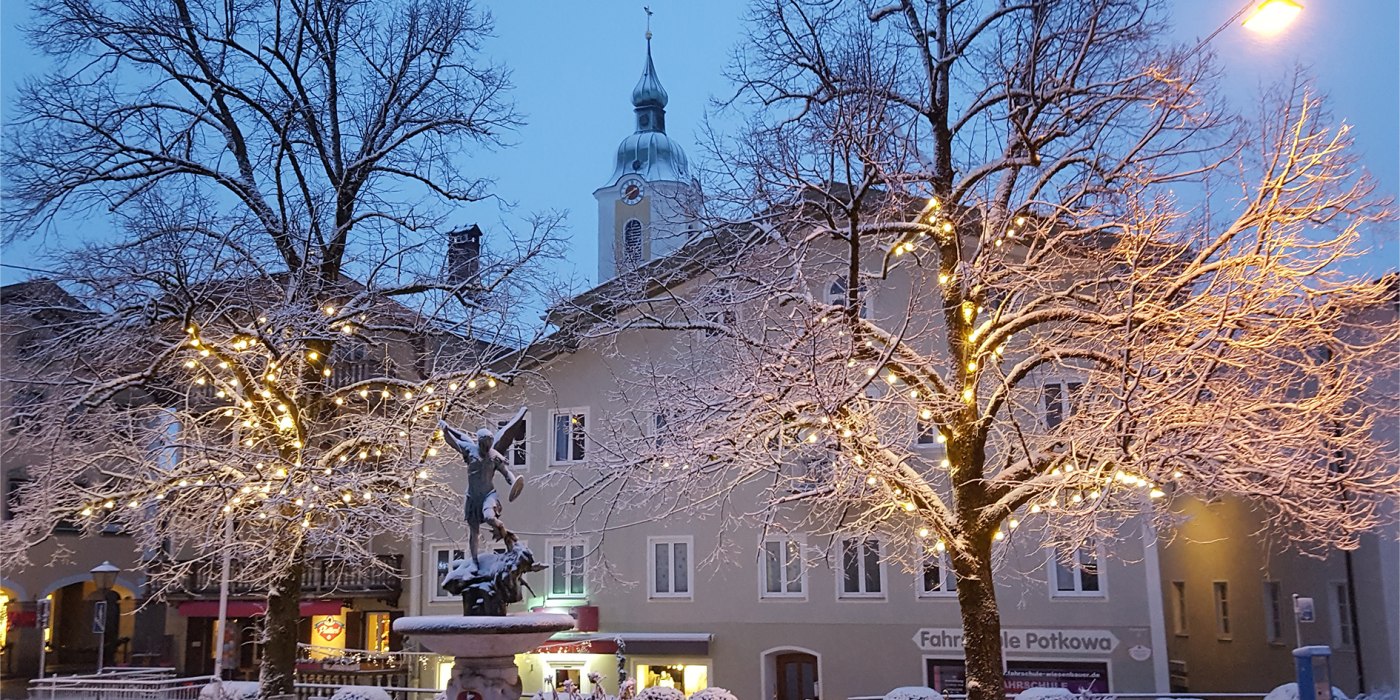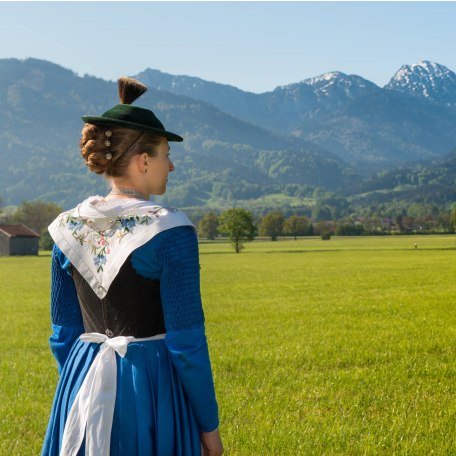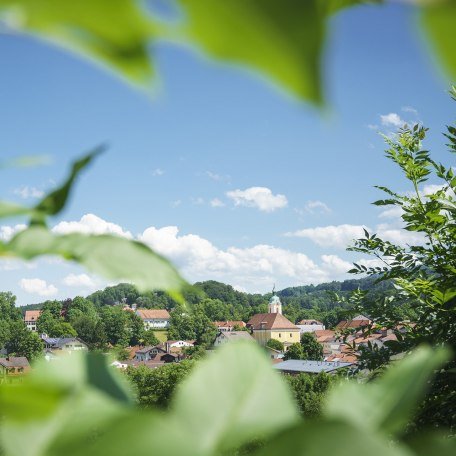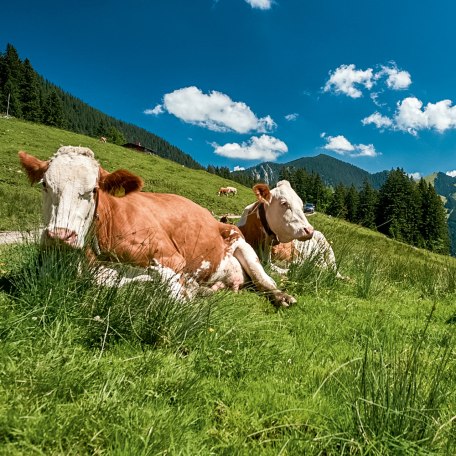"Gebirgstracht" - the Alpine Mountain Costume
The established dress code, which existed for centuries, was abolished with the French Revolution. Short-lived fashions then found their way into daily life. Conversely, the painters and academics discovered the beauty of the Gebirgstracht, which was worn by the peasantry in the beginning of the 19th century. This kind of wardrobe was sketched, described and celebrated. The traditional costume was subject to several influences. Some assume, that Tyrolian huntsmen and woodcutters brought the graue Joppe ( a grey jacket) and the kurze Lederhose ( a short leather pant) into the region of the Oberland. With the fostering of a Nationalcostüm (national costume), the Bavarian dynasty of the Wittelsbacher took the initiative. They wanted the costume not only to improve the national feelings but also the solidarity with the royal house.
The Gwand (wardrobe), how it was worn in the area around Miesbach, gained a special charisma, and was used and presented on festivals and ceremonies. It was also worn to show the personal and social background. Throughout the 19th century Schuhplattlergesellschaften (societies for shoe-slap-dancers) were founded and later on Gebirgstrachten-Erhaltungsvereine (societies for preservation of the alpine mountain costume). These organisations tried to counteract the steadily growing industrialisation of the textile industry. More and more organisations were founded and the Trachtenbewegung boomed immensely. Around 1900, the alpine costume was so popular, that the Sommerfrischler (summer vacationists) wanted to be photographed in the local costumes provided by the photographers.
Features of the Miesbacher Tracht for females are the Miedergewand (a special kind of dirndl) with the seidenen oder leinenen Zeug ( the apron and the neckpiece are made of silk or linen), the Schalk (a very festive wardrobe for married women), the festive wardrobe for going to church and the Tanztracht (dirndl for dancing - the one you can look at during the shoe-slap-dance) with the spencer and the Almrock (literally: the alpine pasture skirt). The Tracht is completed with stockings, black lace-up shoes, jewelry and a hat.
The men wear the graue Joppe (grey jacket), the kurze Lederhose (a short leather pant), hand-knitted stockings, lace-up shoes and the Scheibling (a green hat with its origin in Miesbach). The Gebirgsschützen (an association of mountain huntsmen) have their own variation of the Tracht.
In Miesbach the tradition is fostered by two organisations – the Trachtenverein Miesbach and the Trachtenverein Parsberg. Festivities and ceremonies are an integral part of their activities and the Tracht is worn according to the occasion, season, age and social status.
Remarkable is the large number of shops and handicraft businesses, which guarantee the high quality of the Tracht and offer the valuable traditional fashion. They characterize the image of the city and attract many visitors.
